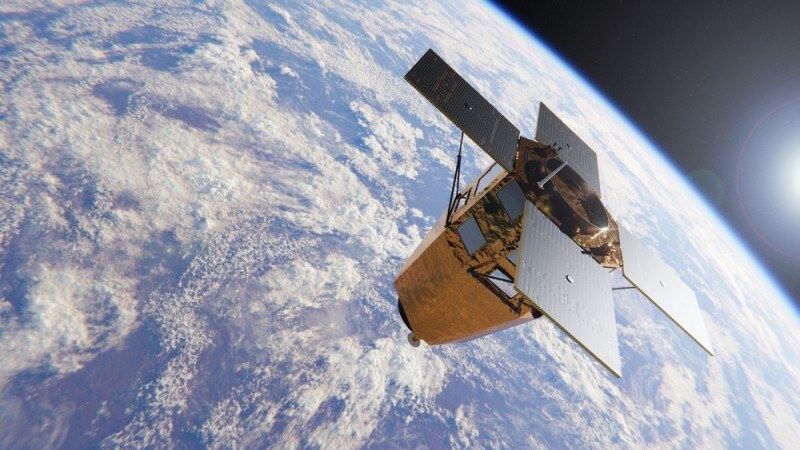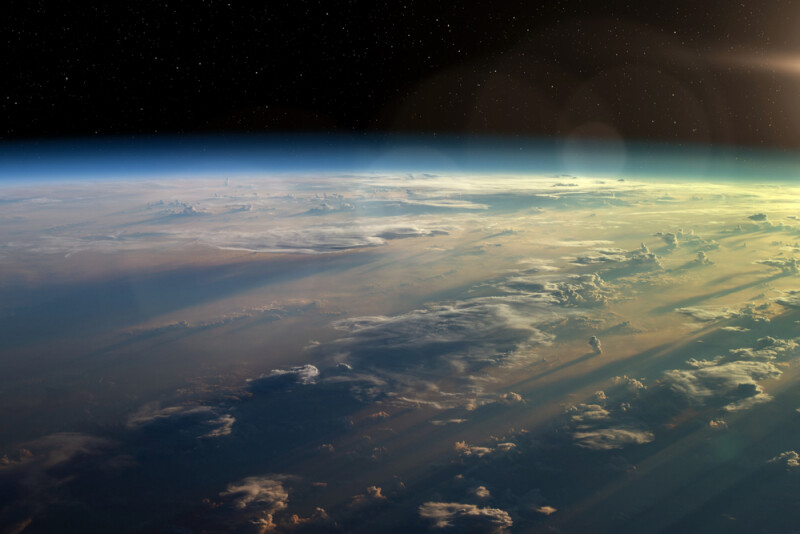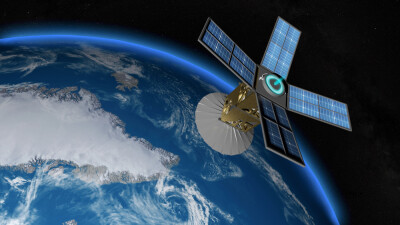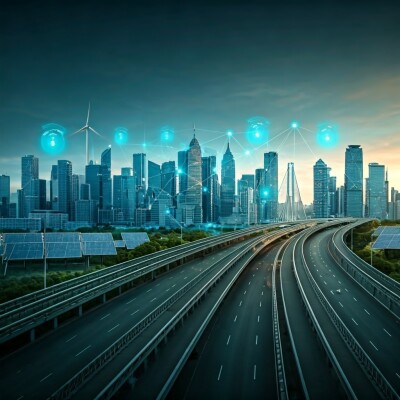One of the most important developments over the last decade or so for the geospatial industry has been increased accessibility around Earth observation data, particularly imagery coming from space. With satellites becoming cheaper to both build and launch, and technologies like artificial intelligence maturing to the point where working with the massive datasets that come from these satellites is no longer quite as monumental a task, we are getting more insights than ever before from beyond our atmosphere. There are still strides to be made in the sector, particularly around finding commercial use cases, but even just focusing on public use for government, intelligence, and scientific research, the development in this sector has been significant.
To that end, governments and other public entities are working to set out exactly how they can use this newly accessible data for the betterment of society and their own goals, particularly with crises created by climate change and other factors bringing increasingly problematic scenarios to our doorsteps.
Earlier this year, the European Space Agency tackled this very issue head-on, releasing a new Earth Observation Science Strategy called Earth Science in Action for Tomorrow’s World. The report states the organization’s mission statement as, “To craft world-class Earth observation capabilities and information products for informed decisions and actions that best respond to today’s challenges of understanding and sustainably managing our Earth environment.”
Expanding a bit further on this, in a press statement the ESA’s Director of Earth observation Programmes, Simonetta Cheli, said, “As a space agency, it is our duty to harness the unique power of Earth observing technology to inform the critical decisions that will shape our future. Our new Earth observation Science Strategy underscores a science-first approach where satellite technology provides data that contribute to our collective understanding of the Earth system as a whole, so that solutions can be found to address global environmental challenges.”
There is a lot to digest in this 44-page report, and we’d certainly encourage you to follow the link above for free access to the report, but a few things stand out from reading. Firstly, it’s worth going over some of the overarching areas of focus from the report. For instance, they quickly outlined what they described as four key strategic areas of action within the Earth observation realm being frontier science and discovery, using science for societal benefits, reducing critical knowledge gaps, and filling critical observation gaps.

Furthermore, the ESA identifies six overarching science themes which they say are “designed to engage the broader Earth science community and align with the priorities of other national and major international science strategies.” Those themes are: The water cycle, the carbon cycle and chemistry, energy fluxes, ecosystem health, extremes and hazards, and interfaces and coupling in the Earth system. The ESA notes that these themes are interconnected and hence overlap, saying, “Together, they cover the most important aspects of contemporary integrated Earth system science, which can only be addressed with the support of EO techniques.”
It’s worth digging deeper into these areas of action and overarching scientific themes, but taking a bit of a step back there were two key themes that kept coming up throughout the report that, in my view, speak to where the Earth observation space needs to go. One is alluded to in the second area of action, talking about the pipeline to helping society. In a way, the ability for Earth observation data and analysis to help greater society is fairly obvious on its face. It’s capturing data for the entire planet, with different kinds of data, giving an ability to see activity around the world that wouldn’t be visible otherwise at this scale, to say nothing of AI and other tools helping more easily detect changes over time.
The report goes deeper into how this process should work in practice, creating a pipeline from the science, to policy, and ultimately to societal benefit. The ESA outlines the four aspects of this process, with the science from Earth observation informing policy debates, assisting society in addressing environmental and other challenges, providing a basis for the definition and enforcement of eventual legislation, and evaluating the outcomes of said policy decisions.
Building off of that, the ESA’s report also spoke a lot to the need for international cooperation within the Earth observation community to make the most of this data that is coming in. For instance, they reference a number of international treaties – including the Paris Agreement – and outline how relevant each treaty is to the scientific questions they outline throughout the report. Given the scope of Earth observation data in general, and the fact that different countries around the world have their own satellites, cooperation between these international parties are inherently linked to gaining the maximum amount of value from this data.
“EO allows [us] to observe and monitor the Earth system and its changes at a wide range of spatial and temporal scales, relevant for observing natural or human-induced changes, and reducing knowledge gaps, from Earth’s core to the ionosphere,” the report states. “Space-based observations are the only way to obtain globally consistent observations of changes across the planet.”
Find access to the entire report here.






